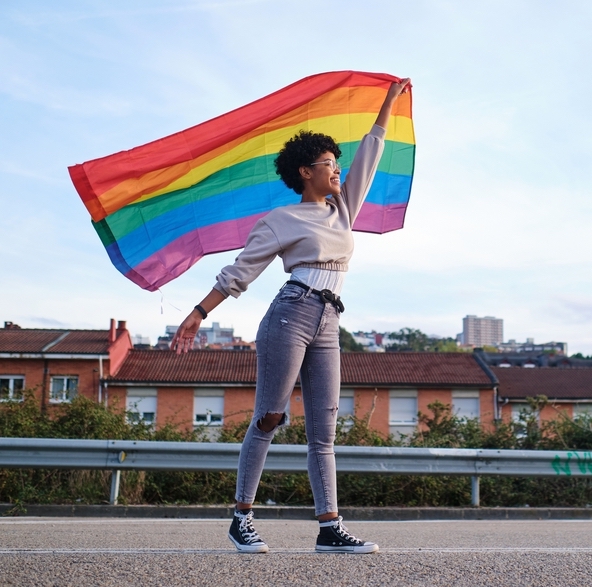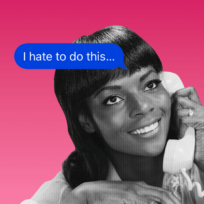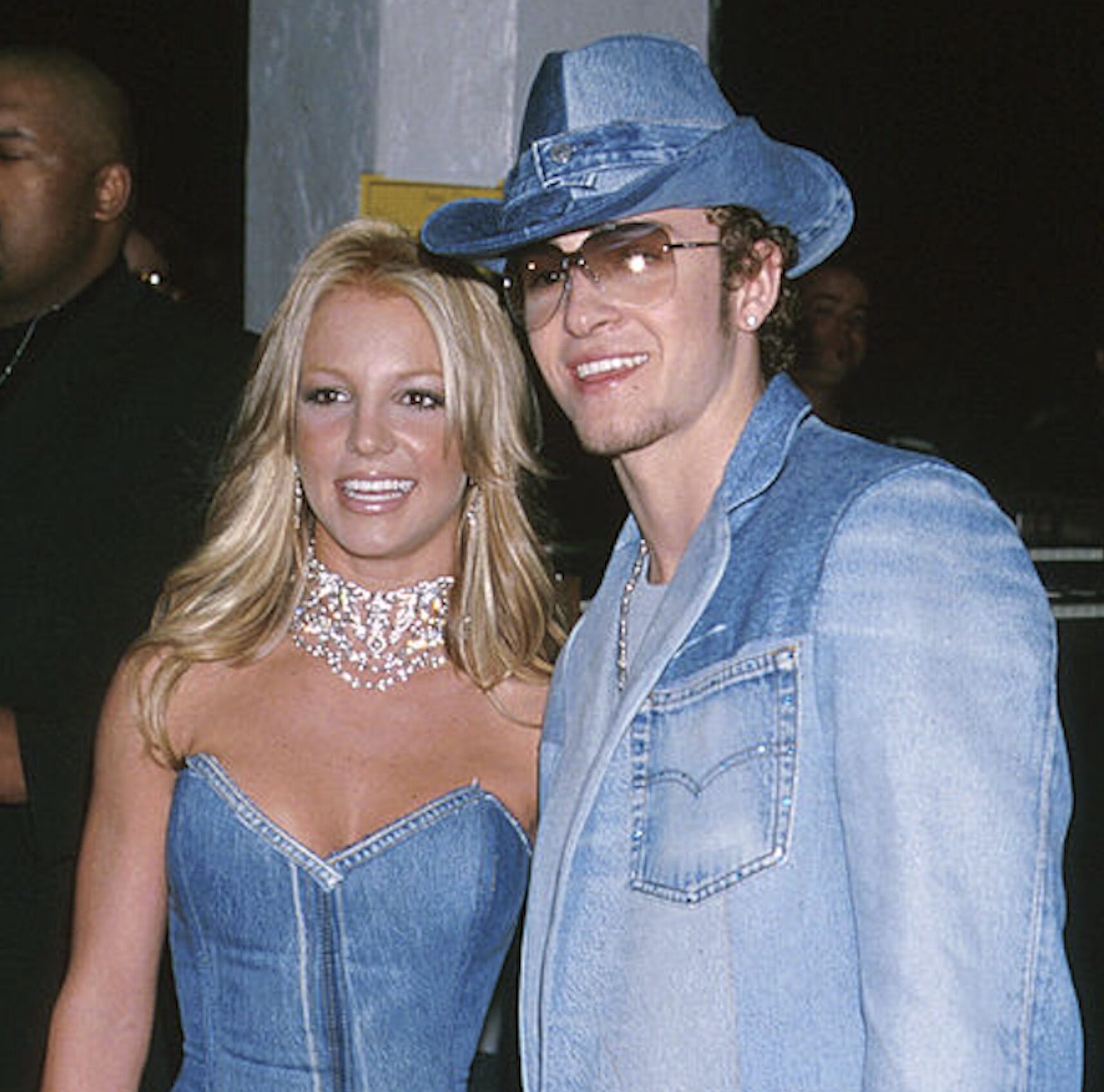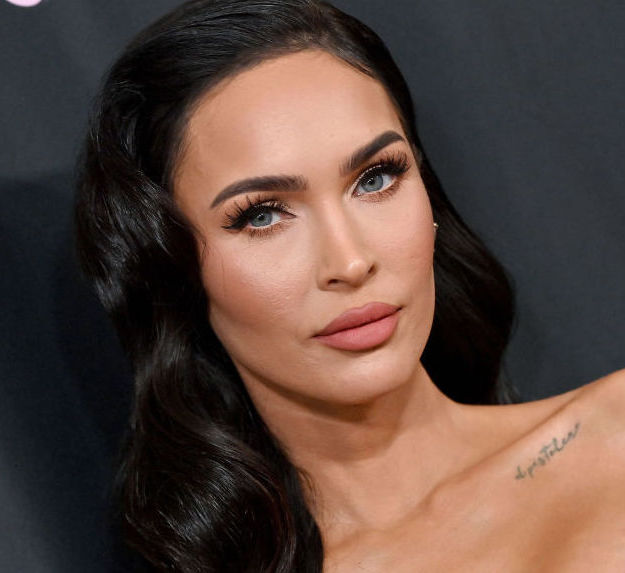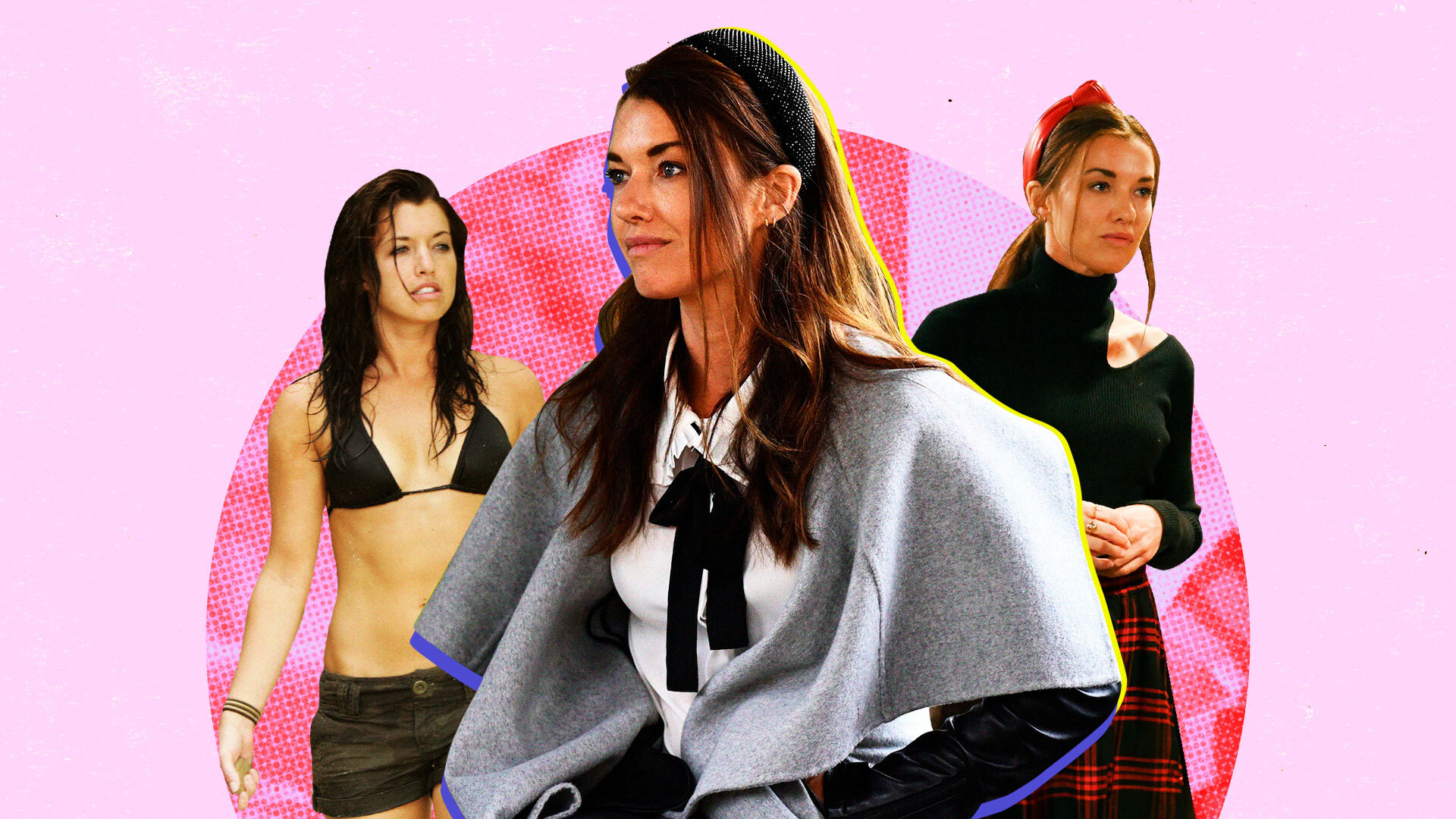“Go ahead and kill your dream,” says Parvati Shallow, who’s wearing a smirk and her signature headband. We’re in the middle of a life-coaching course that Shallow’s leading called “How Villains Are Made” — and it’s getting intense.
Shallow, 41, is arguably the best possible person to teach the art of villainy. A fan favorite on the latest season of The Traitors, a show in which reality stars must deceive and decipher who’s betraying them for prize money. As a winner of Survivor, she was the leader of the so-called “Black Widow Brigade” (a group of women competitors who slyly took out the men), and was labeled a “villain” on a later season of that show, dubbed “Heroes vs. Villains.”
Shallow mastered the craft of acting like a “villain” by learning not to give a fuck what other people think. Although she took a lot of heat after she was on Survivor, she’s now largely hailed as one of the most skilled players ever.
“What made me a ‘villain’ was that I used my femininity, my sensuality, my looks, my flirtatious nature, my people-pleasing tendencies — and I won,” she tells Betches. “So I was like: Well, if this is the label that people are going to give me, then I’m going to take it, and I’m going to write my own narrative around it.”
With this in mind, she designed a class to help people-pleasers learn how to be unapologetic about setting strong boundaries. And thank god because I desperately needed something like this. When I asked my friend Greg to verify that I was, in fact, a people pleaser, he replied, “If you try to take a dig at me, you’ll apologize before the final syllable of the quip is uttered; you’ll then follow that up with multiple apologies the next day.” Clearly, I’m the perfect student for the course.
Here’s what Parvati Shallow taught me about how to become a villain.
Lesson One: Choose A Villain To Emulate
For one of our first villainous exercises, Shallow and her co-instructor — yoga teacher and somatic practitioner Kallie Klug — tell our class to think back on any villains we were drawn to growing up. Once we settle on our favorite pop culture baddie, we’re supposed to channel them for the week. Our homework is to dress up as our villain, strut to a playlist they’d approve of, and try to bring their energy into some of our daily interactions. “Bonus points if somebody calls you rude,” Shallow says. Shallow modeled her villain persona on Traitors after Blair Waldorf from Gossip Girl (hence, the headbands).
I consider my options and settle on “Bad Sandy,” Olivia Newton-John’s cool-kid version of her character at the end of Grease. My friend Greg immediately roasts me for this choice: “Sandy isn’t a villain,” he says. “She wears tight, black pants, says ‘stud’ a lot, and has like two puffs of a cigarette.” I begin to worry — is channeling my inner villain going to be harder than I thought?
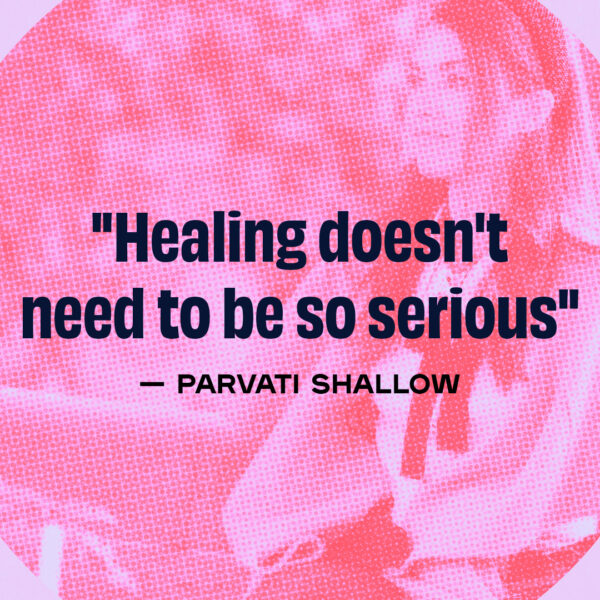
But I’m trying here! I wear all black and saunter down the street to Nelly Furtado’s “Maneater.” When a friend disparages The Tortured Poets Department, I boldly offer a rebuttal on the many merits of Taylor’s fine work. (I wish there were more songs on the album, come at me!) I do apologize via text later that night for getting heated about it, though, so this isn’t a total success. Part of the point of this exercise, Shallow explains, is to learn that it’s okay to be disliked. Unfortunately, I still very much want everyone to love me.
Shallow tells the class that when she was given the “villain label” on Survivor, it was “liberating.” It inspired this course, which she’s been teaching to different groups for over a year now. It also informed the energy she brought to Traitors.
On the show, some were cast as “Faithfuls,” who were challenged to figure out who the official “Traitors” were. Some got really into their role and “could not break out of it,” Shallow tells us. “That rigidity of needing to be the ‘good guy’ cost them the game — Peter, I’m talking about Peter.”
Shallow tells Betches that former Bachelor Peter Weber is the person from Traitors who could most benefit from taking her villains class.
Lesson Two: DGAF What Other People Think
As I channel Bad Sandy, I definitely feel cool, but I’m not fully embodying her villainous principles yet. After making my way through a massive line at my favorite salad chain, the person in front of me lets his four friends join him, cutting in front of me. I do nothing. I think about how this is the perfect opportunity to implement Shallow’s teachings, but I can’t pull the trigger.
After several weeks (the full course is six weeks, meeting each Wednesday night on Zoom), I asked Greg if he could give me honest feedback on my progress. He says: “You can’t even pretend to be a villain. I’m honestly surprised I haven’t gotten a flower basket from you after a snarky comment that is normally as biting as a toothless dachshund.” So, not doing great. But others in my class seem to be doing better.
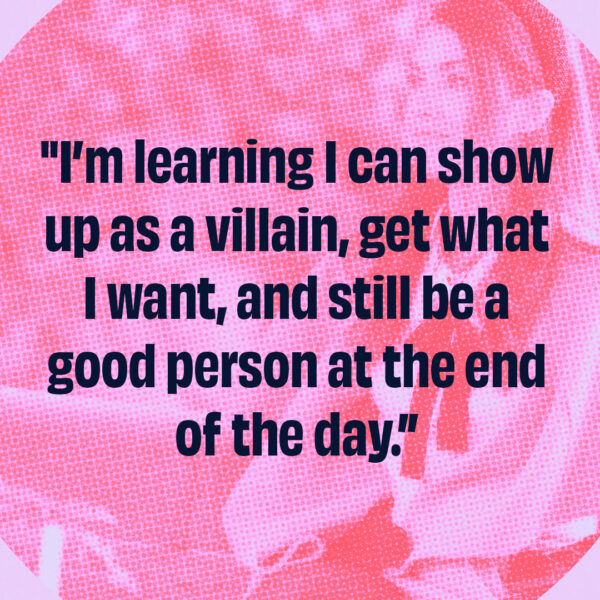
Before Shallow’s course, my classmate Jamie worked hard to make it so others didn’t have to say no to her. But Shallow helped her realize she was missing out by not asking. “Parv told me something that blew my mind: ‘Other people are in charge of their own experience,’” Jamie shares. “Lately, I’ve loved figuring out what I want and just asking for it.” She laughs and adds, “I’ve kind of become a monster.”
Jamie says her wife has always wanted a vial of her blood to put in a necklace, a la Angelina Jolie and Billy Bob Thornton. So, on a recent doctor’s visit, Jamie asked the nurse if he could draw an extra vile of blood to take home. “He did it for me,” Jamie says. “He even asked my wife if she wanted him to take her blood too, so I could have a vial. Normally, I’d never imagine asking something like that because I don’t like to draw attention to myself. But I’m learning I can show up as a villain, get what I want, and still be a good person at the end of the day.”
That new ability to embrace attention was huge for Jamie. She was in a bad place before Shallow’s class began. “My faith in humanity was honestly waning,” she says. “As a trans woman, coming out and being visible in public, the world can be very different. I’d walked around with a lot of privilege before, even though I was miserable.”
Using her inner villain persona — Medusa, a mythological baddie known for turning men to stone — helped her regain confidence. First, she dyed her hair pink (adding snakes wasn’t an option). “I definitely can’t hide now,” she says.
Jamie’s experience culminated at Universal’s Wizarding World of Harry Potter theme park, where she confidently walked around in a shirt that said “Protect Trans Kids.”
“I wasn’t trying to avoid being seen,” she says. “This huge military-looking guy, who was giving ‘right-wing,’ fully stopped and looked at me from top to bottom… Because he was staring at me, I took my sunglasses down and looked directly at him as I walked by. I looked him in the eyes and thought to myself: you’re going to make a beautiful statue.”
Lesson Three: Kill Your Dreams
I let Jamie’s energy inspire me as we take on one of our last lessons in villainous debauchery: killing our dreams.
Per Shallow, we must ask ourselves, “Is there something that I’m so afraid of losing that I’m holding onto it really tightly? And what if I did lose that thing? What if I let it go or let it die — what if I actively killed it and took it away from myself?”
People in the class really embrace the exercise. One person shares about living with chronic illness and killing their dream of finding a cure. Shallow’s co-instructor, Klug, talks about how her dream of internet fame was killed after she was effectively “canceled.”
I decide to kill my dream of falling in love via a “meet-cute.” I don’t put myself out there that often (especially on the dreaded apps) because I fully expect a Prince Charming-esque figure to catch me as I trip down the subway stairs (I blame Nora Ephron). Or to buy me a coffee and loaf of bread at Starbucks, like Glen Powell in Anyone But You. Bonus points if he looks like or, in fact, is Glen Powell (hmu if you’re reading this, Glenny!).
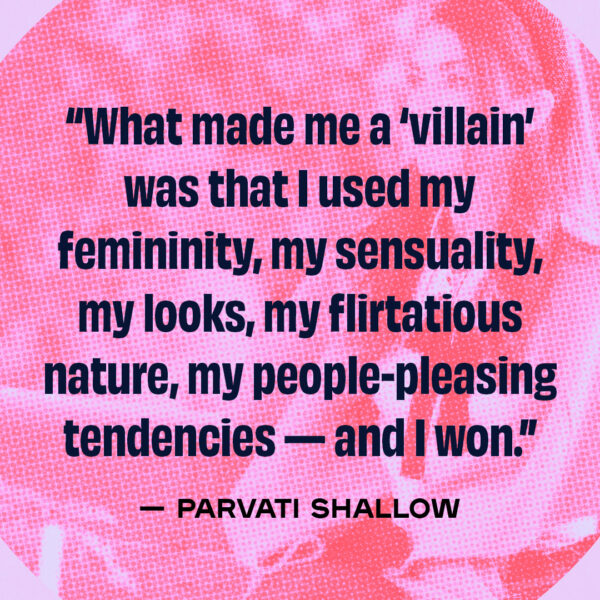
I have a hard time taking dates seriously if there’s no fairytale-worthy story attached to them. But it’s time to let the rom-com-inspired fantasy go.
Shallow and Klug strongly encourage over-the-top, campy “funerals” for dead dreams. One of my classmates, Maya, takes inspiration from the vestal virgins of ancient Rome and plans to lie in the dirt with a bottle of red wine in a white dress to commemorate the end as she knows it.
For my meet-cute funeral, Klug suggests I buy a wedding cake and hit it with a bat. Instead, I opt for a more budget-friendly route and buy a plastic crown from Party City to break. I listen to “What I’ve Been Looking For” from High School Musical while stomping on the pieces, followed by a series of swipes on Hinge. I vow to bring this open, wild energy into my next date — which will hopefully be with someone who’s exactly what I’ve been looking for, despite our bland “how we met” story.
Graduating: Embrace Your Inner Villain
Admittedly, I was initially skeptical about the class. Does the world need more villains? We already have a literal puppy killer in office, after all. And although Shallow says she’s had extensive training by working with other coaches, there are no licensing requirements for “life coaches” in the U.S. Pretty much anyone can charge you for coaching (this “Villains” course was $497). But, since I’ve been following Shallow’s career for years, I put my faith in her. Was it worth it?
My classmate Jamie called the course “life-changing” — and while I might not go that far, I did find it eye-opening… and fun. The class was completely off-the-rails at times (we punched the air for several minutes during one of our meditations). But a lot of the lessons were genuinely helpful. In addition to my takeaways, we also unpacked the roots of our people-pleasing tendencies through shadow work and somatic therapy.
“That’s the beauty of this course: we don’t take ourselves too seriously, but we also don’t make light of people’s situations in life,” Shallow tells Betches. “Healing doesn’t need to be so serious.” In other words, using the “villain” moniker to create a low-pressure and playful dynamic helps create a space where people feel vulnerable enough to open up and work through their shit.
As for me, an ex-people-pleaser in training, I’ve started to feel Bad Sandy’s presence in my day-to-day life more. I still want people to like me, but maybe not quite as much as before. When negotiating a contract, I ask for more money (and get it). And I know that next time someone cuts me in line at an overpriced salad bar, they’ll have to deal with Bad Sandy.
At the very least, I got some headband fashion inspiration out of it.





